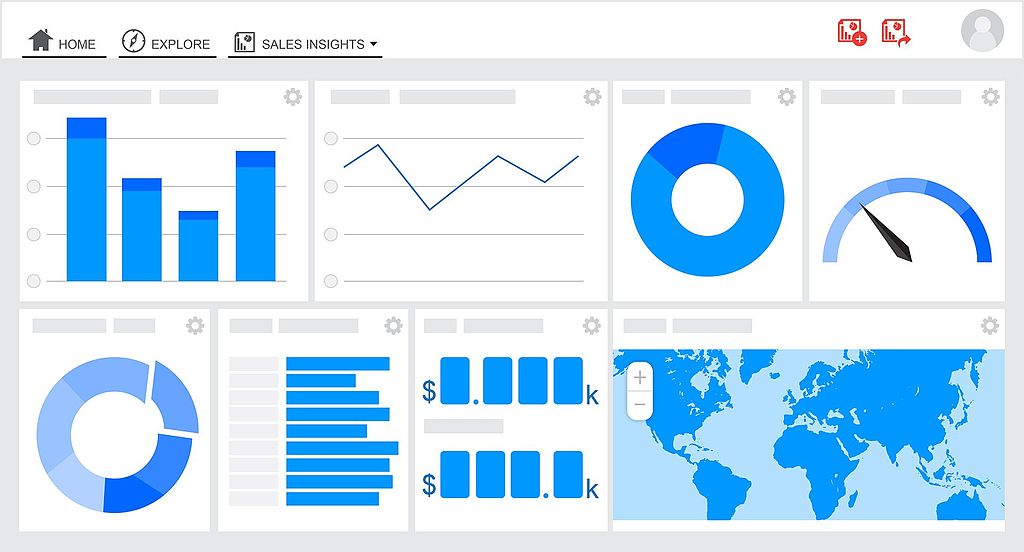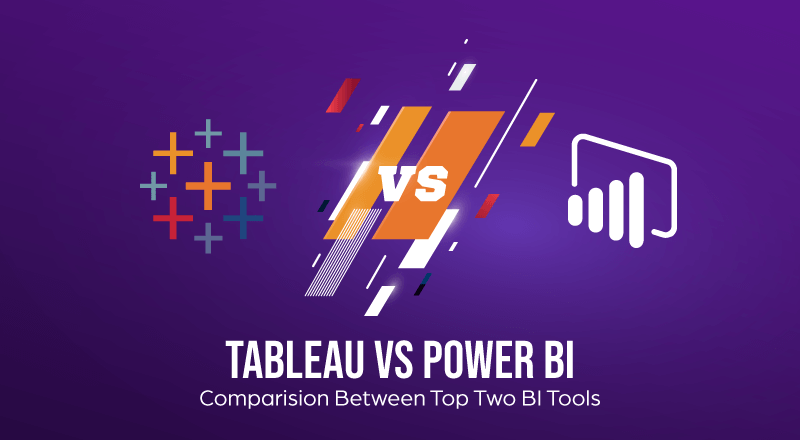

Some BI tools can even scrape social media sites for mentions of a brand or product and generate insights based on that data. It can be used to find trends and draw out insights just like regular data analysis tools. For companies that collect a lot of text, this feature is very useful. Semantic analysis allows organizations to apply their data analysis tools to large quantities of text. This feature can be used to predict almost any future data set, from projected revenue to expected employee turnover. This function is becoming more important as organizations rely more on data to drive business decisions. Predictive analysis allows businesses to use their current data set to predict future trends. If it's important to your business that your BI tool offers one of these features, double-check that the tool actually has the feature before you buy it. There are some features that robust BI systems usually have but smaller tools may lack. This data lives on the cloud, which makes it widely available, easily accesible, and infinitely scalable. When a user needs a specific data set, they can get it directly from the BI tool instead of looking for it in three separate tools used by five different departments. Organizations can keep their data safe within their BI tool instead of storing it in dozens of different systems and spreadsheets. With data visualization tools, it’s much easier for the average person to find insights in a data set.īI tools can also act as a data warehouse or a central repository for all the data used by the business. Most people struggle to derive insights from data unless it’s presented in a visual way. This is the industry term for the process BI tools use to extract data from source systems, transform it into a consistent format, and load it into the BI system.ĭomo's Magic ETL tool for loading information into a BI system.ĭata visualizations allow users to generate charts, graphs, and tables that represent their data visually. For example, a sales team can see and react to warehouse issues in real time, so that they don't oversell products.Ī feature that makes BI dashboarding possible is ETL (extract, transform, and load). These tools can also connect data across an organization much faster than other tools. BI tools can present data in real time, while analog tools often result in delays. Reporting and dashboarding allow businesses to see data trends in real time.

#Top bi tools 2020 software
Most BI software can do things like KPIs, scorecarding, budgeting and forecasting, benchmarking, and data cleansing. Anything that an Excel spreadsheet can do, a BI tool can do faster and simpler. With that said, here are a few features that are common among BI tools.ĭata analytics allow businesses to replace bloated, poorly optimized Excel spreadsheets with clean, fast, intuitive tools. Trying to use a BI tool that’s a bad fit for a use case can be more disruptive than having no BI tool at all. It’s important to ensure the BI tool a business selects will actually work for the tasks they need it for. What features should I look for in business intelligence software?

Most BI tools are designed to be simple, intuitive, and user-friendly the average business user can use them without wasting too much time or experiencing too many headaches. With BI software, much of this process can be automated or streamlined. In addition, sifting through all this data takes time and requires the experience of data professionals.

Less-complicated statistical analysis tools like Microsoft Excel may not be able to handle such large data sets, especially as the size grows to the millions and often billions of rows. BI software then can take the data from all the services that they monitor, and put it all in one place.Īs businesses get larger and integrate software with more of their operation, they start to collect massive amounts of data. These tools can connect to many types of software, including spreadsheets, accounting tools, ERP systems, CRMs such as Salesforce, and marketing automation tools. Business intelligence is software that tracks, analyzes, and visualizes all of a business’s data.


 0 kommentar(er)
0 kommentar(er)
